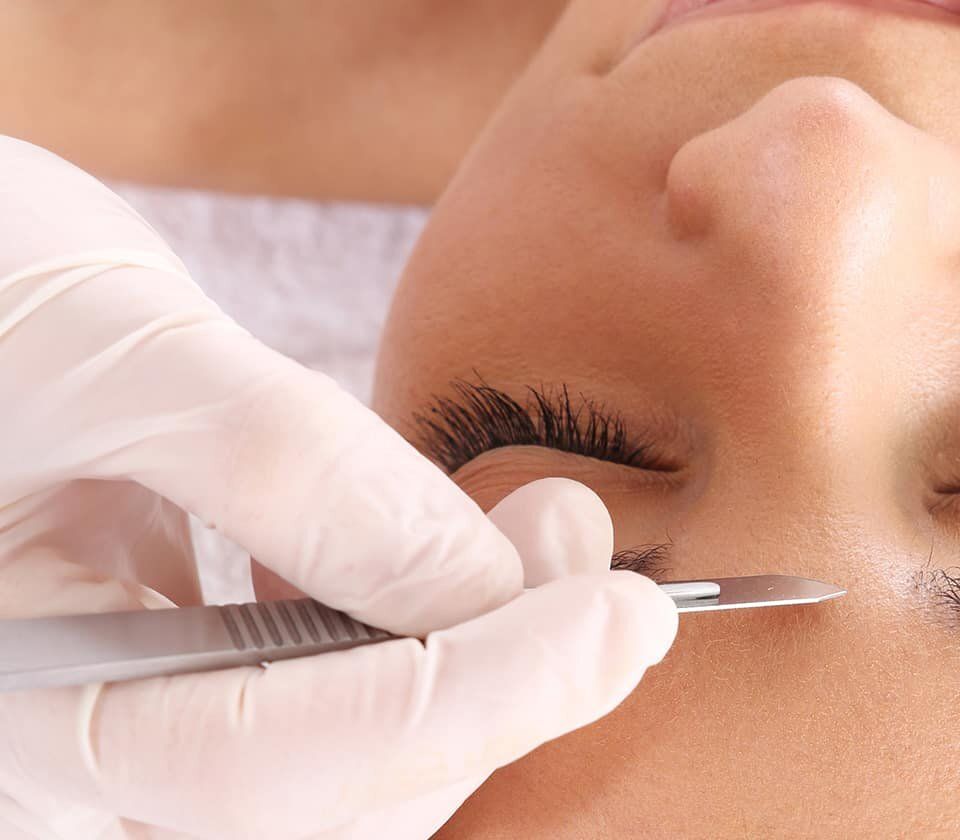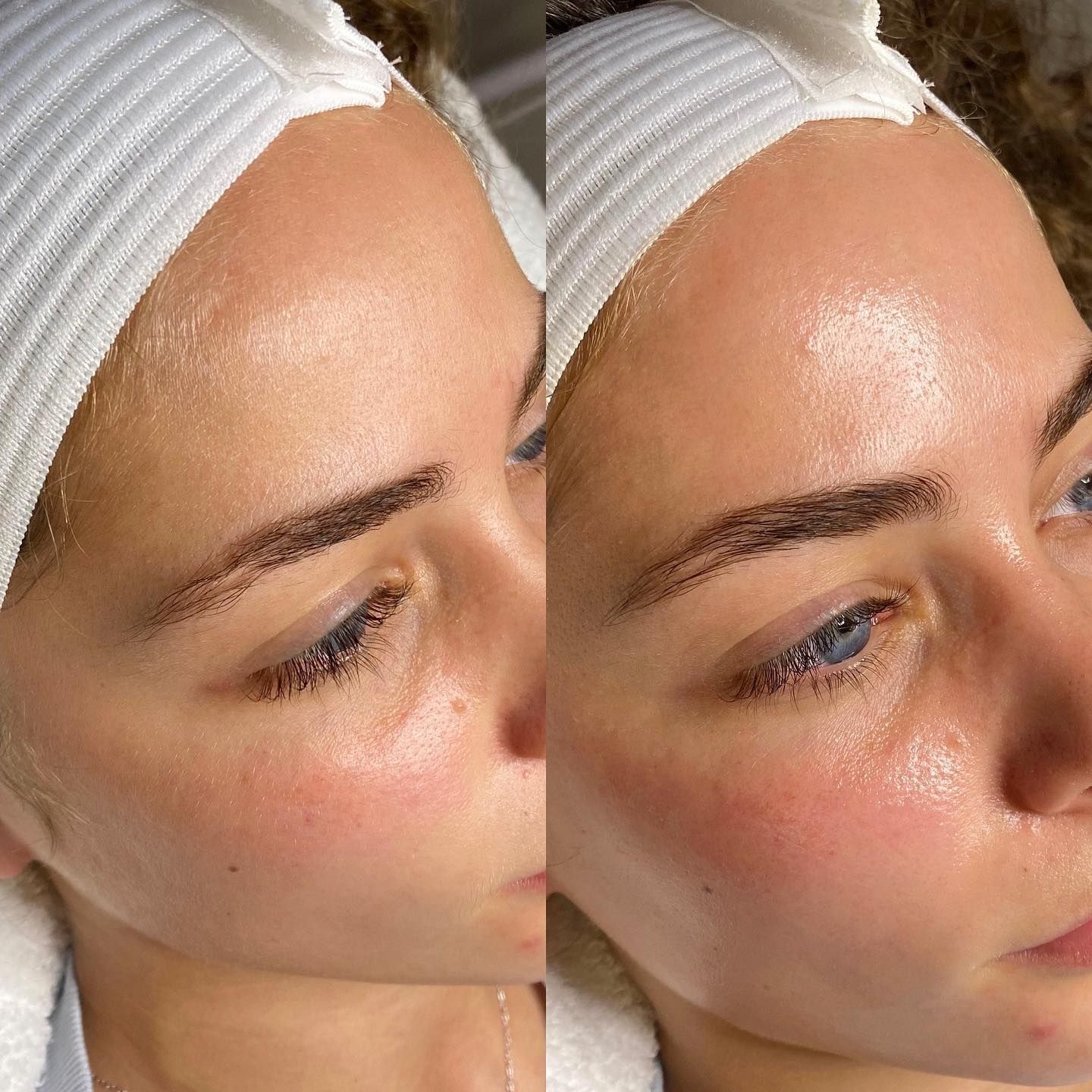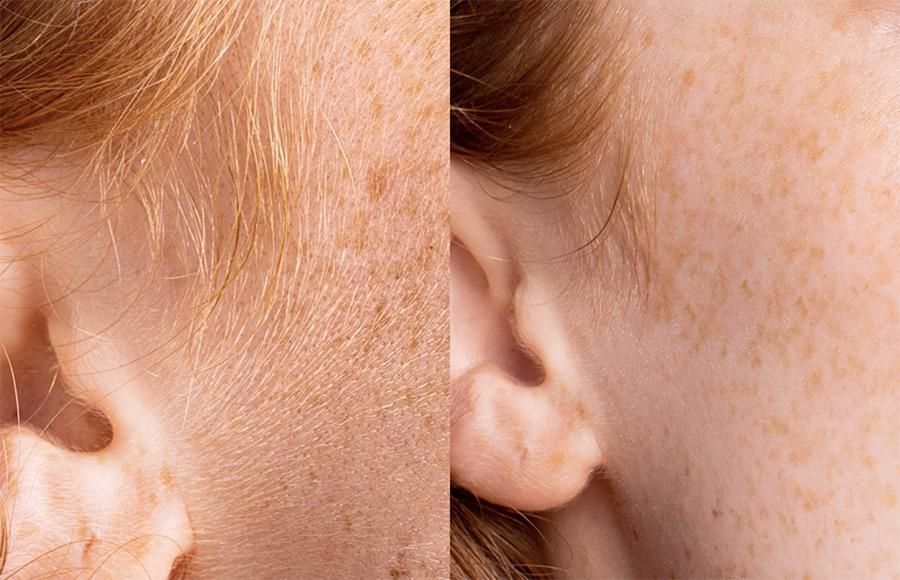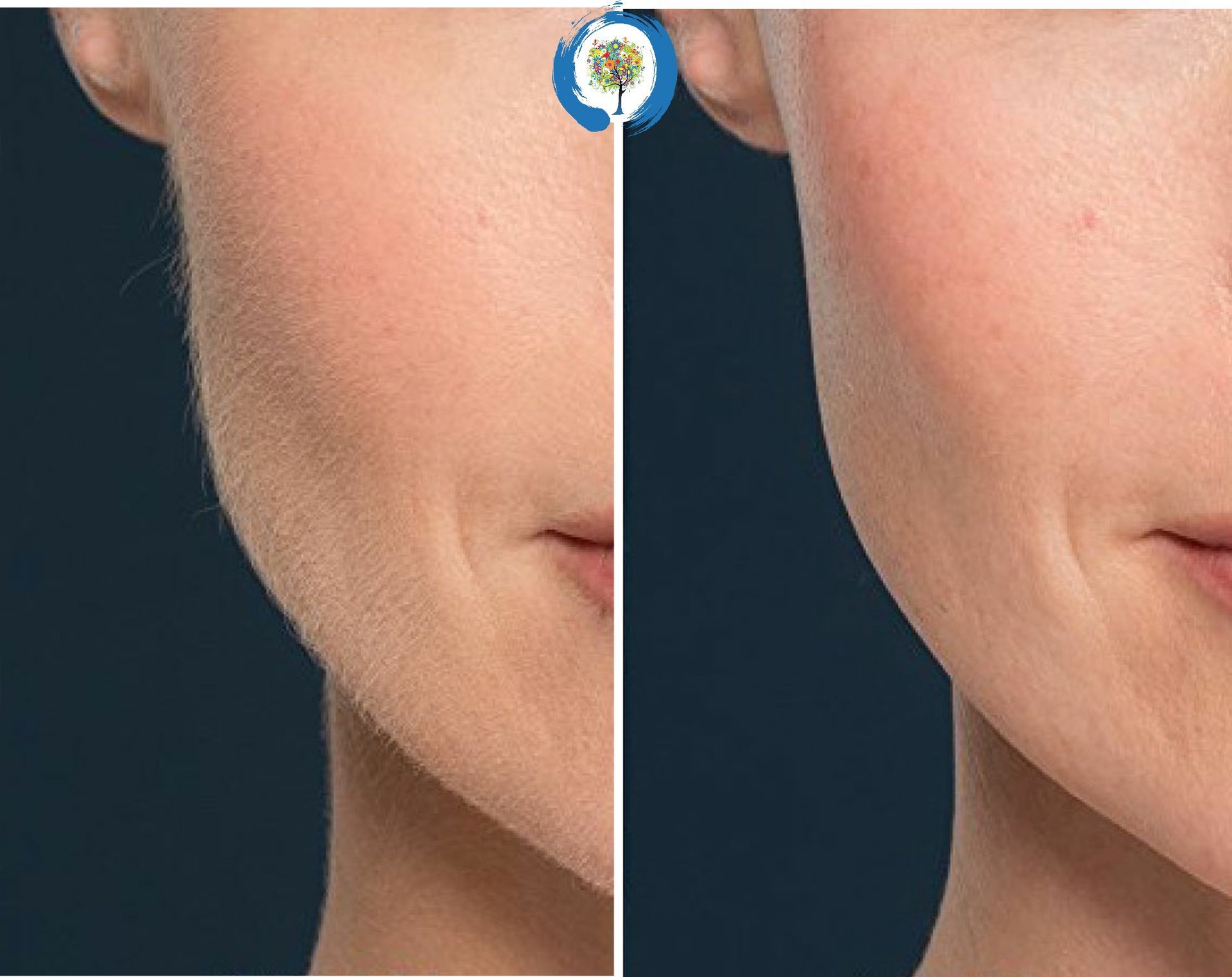Dermaplaning – Smooth & Radiant Skin in Norwich
Experience smooth, glowing, and rejuvenated skin with Dermaplaning treatments at High Grade House, your trusted Norwich skin clinic. This gentle, non-invasive facial removes dead skin cells and fine peach fuzz, leaving your complexion fresh and radiant.
How Dermaplaning Works
Uses a sterile surgical blade to gently exfoliate the skin
Removes dead skin cells and fine facial hair
Prepares skin for better absorption of skincare products
Safe, painless, and suitable for most skin types
Who Can Benefit
Anyone seeking smoother, brighter skin
Ideal before makeup application or special occasions
Those with dull or uneven skin texture
Why Choose High Grade House
Over 20 years of clinical and aesthetic expertise
Personalized facial treatments tailored to your skin
Professional, welcoming Norwich clinic environment
Dermaplaning is rapidly gaining popularity as a sought-after skincare treatment that offers a range of benefits for enhancing skin texture and overall appearance. This effective technique involves the use of a sterile, sharp scalpel to gently exfoliate the outermost layers of the skin, removing both vellus hair—commonly referred to as "peach fuzz"—and dead skin cells from the epidermis.
Benefits of Dermaplaning:
Smoother Skin Texture: By removing dead skin cells and fine hair, dermaplaning promotes a smoother and softer skin surface, allowing for a more luminous complexion.
Enhanced Makeup Application: With the removal of vellus hair and dead skin, makeup products glide on more smoothly and evenly, resulting in a polished finish.
Deeper Product Penetration: The treatment allows skincare products to penetrate more effectively, maximizing their benefits and enhancing their efficacy.
Easier Comedone Extraction: Dermaplaning facilitates the extraction of blackheads and other clogged pores, making subsequent treatments more effective.
Reduction of Post-Acne Scarring: It helps diminish the appearance of acne scars and dark spots, leading to a more even skin tone.
Fine Line Diminishment: Regular dermaplaning may help reduce the visibility of fine lines, contributing to a more youthful appearance.
No Downtime: One of the key advantages of dermaplaning is that there is minimal to no downtime, allowing individuals to resume their regular activities immediately after the procedure.
Compatibility with Other Treatments: Dermaplaning can be effectively combined with other skincare treatments, such as chemical peels, LED light therapy, and microneedling. This synergistic approach enhances the overall results.
Safe for Sensitive Skin: Dermaplaning is gentle enough to be performed on various skin types, including sensitive skin, making it accessible to a broader audience.
Post-Treatment Care:
After dermaplaning, it is generally recommended to keep the skin hydrated and protected. Patients should avoid direct sun exposure, excessive heat, and harsh skincare products for a short period after treatment to allow the skin to recover fully. Using a good moisturizer and broad-spectrum sunscreen is crucial to protect the newly exposed skin.
Conclusion:
Dermaplaning is an effective and increasingly popular treatment that not only enhances the texture and appearance of the skin but also improves the effectiveness of skincare products. With its myriad benefits, including smoother skin, improved makeup application, and reduced fine lines, dermaplaning stands out as an excellent option for those seeking a refreshing treatment with no downtime. Whether performed as a standalone treatment or in conjunction with other procedures, dermaplaning can be a transformative experience for achieving radiant, youthful skin.
Book your Dermaplaning facial at High Grade House Norwich today and reveal refreshed, radiant skin with expert care.
DERMAPLANING
Frequently Asked Questions




